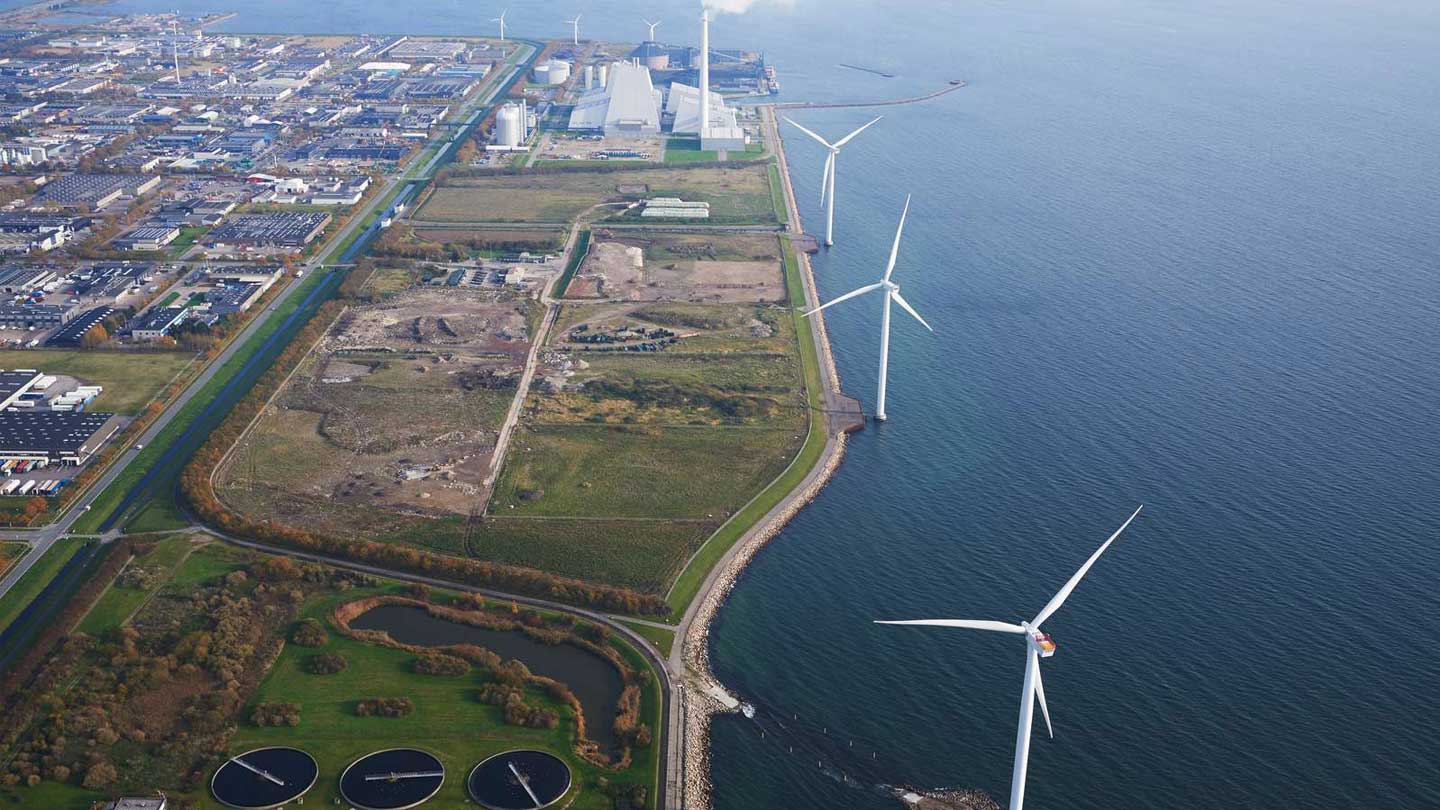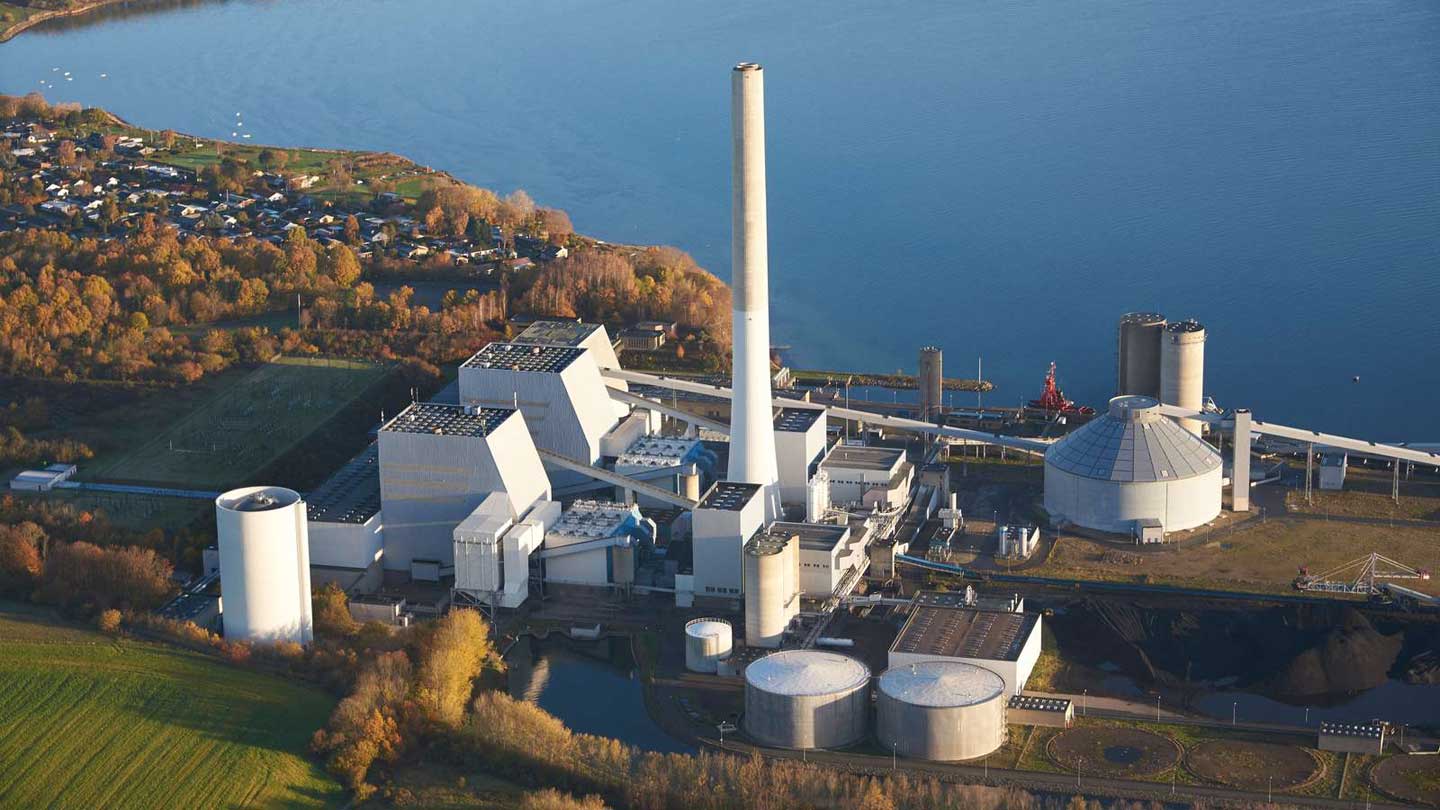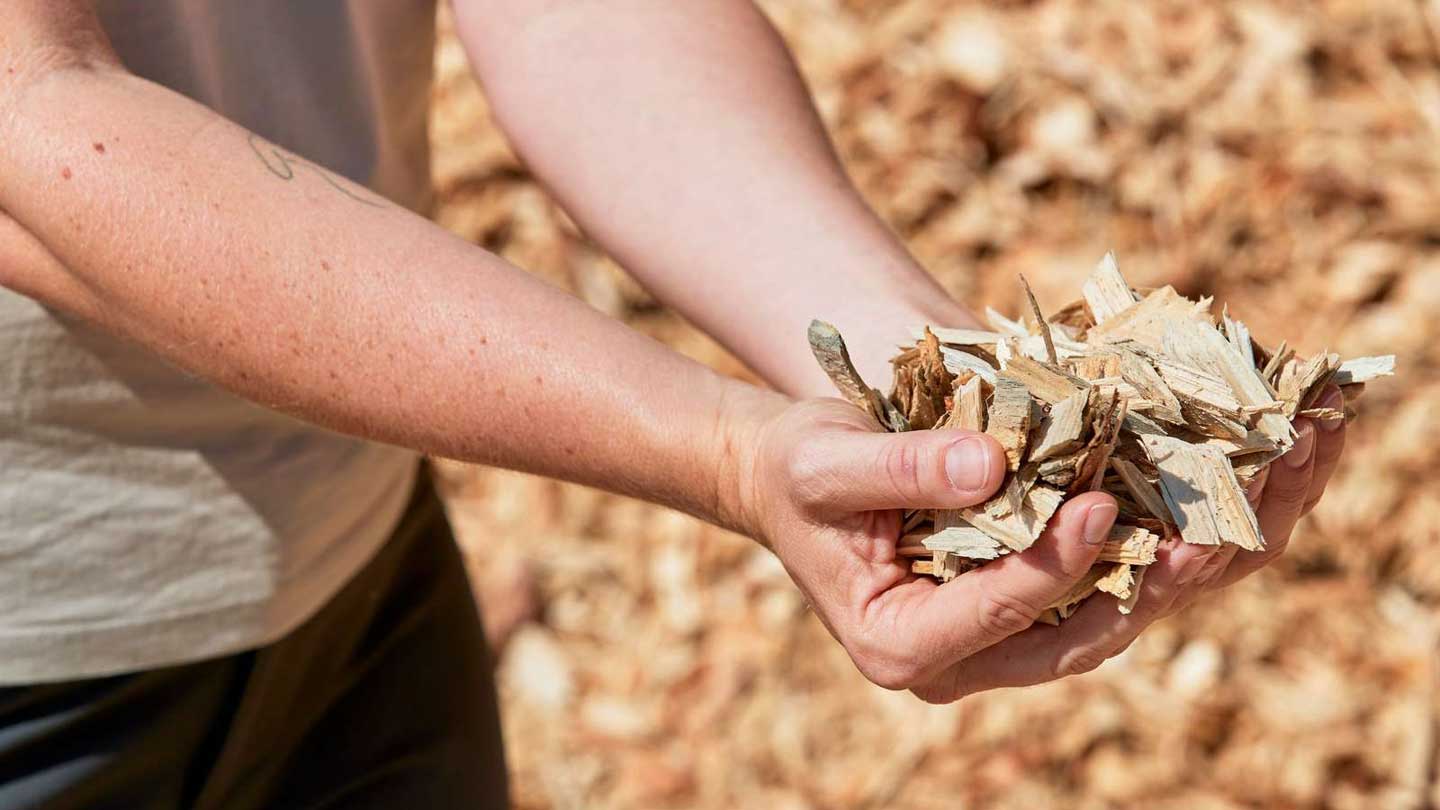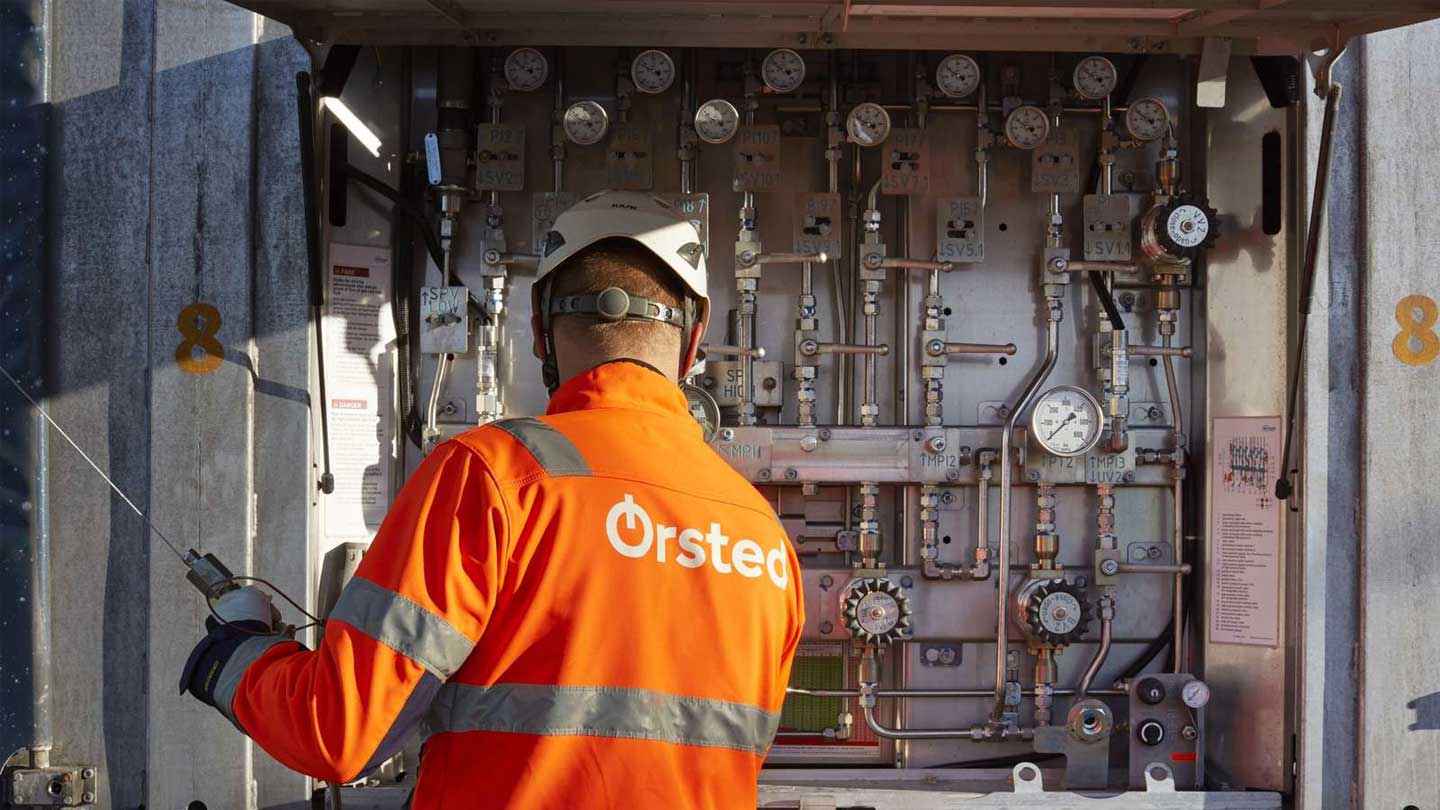How do combined heat and power plants work?
Heat and power plants burn fuel to create high-pressure steam to rotate turbines that generate electricity. The remaining heat in the steam is then used to heat water for district heating.
Generating heat and power in combination means that more of the fuel’s energy content is released – up to 89 % at the high-tech Avedøre plant near Copenhagen. This efficiency makes power stations more cost-effective by using less fuel to generate an amount of energy.
Heat and power plants can run on fossil fuels or on sustainable biomass.



